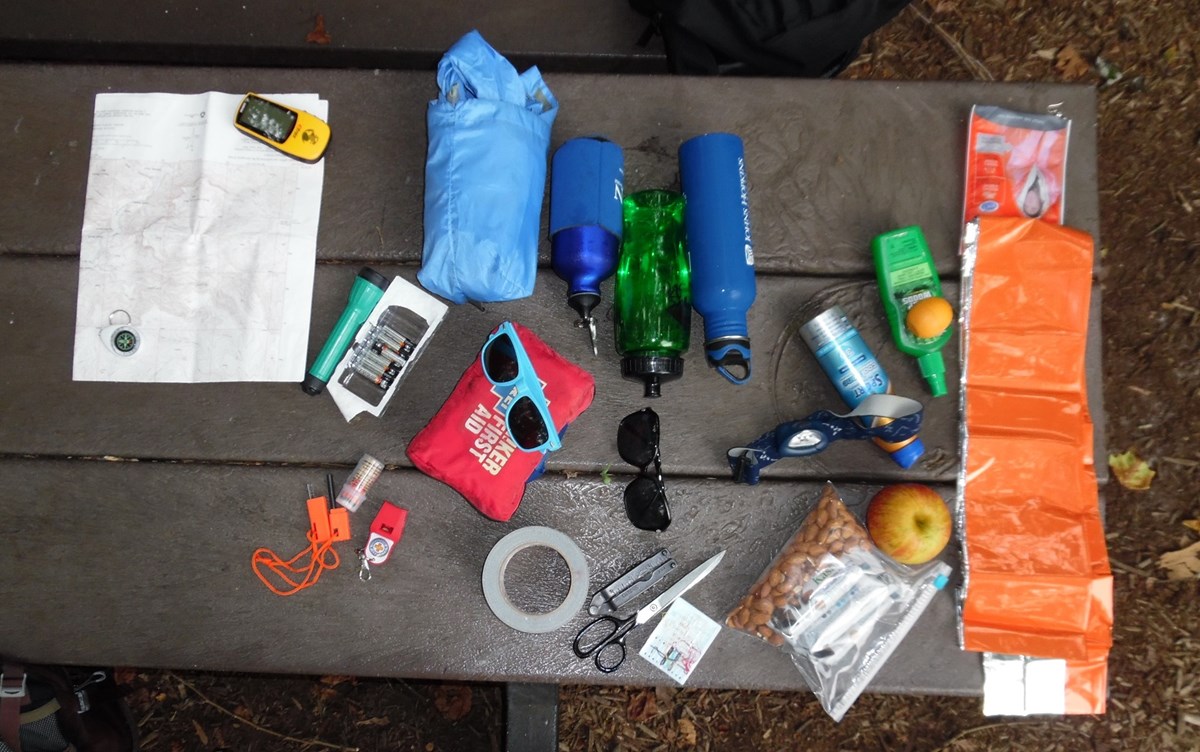by Mike Radomski
Winter is one of the best times to see NY’s waterfalls. Seeing them frozen in the winter only adds to their mystique and majesty. It will make you feel like you walked into a scene from Frozen.
New York weather can be a bit unpredictable in the winter. One day it will be in teens, the next it will be in the 50’s. This can make seeing frozen waterfalls tricky.
My suggestion is to look up their locations or hashtags on Instagram to see the current status. I also suggest following John Kucko on Facebook and Instagram. John is very active on social media, taking near-realtime videos and pictures from around NYS. Another great resource for NYS Waterfalls is NYFalls.com.
Here are ten of our favorite frozen waterfalls in New York.
1. Eternal Flame Falls
 |
| Eternal Flame Falls Image Source: @OutsideChronicles |
The Eternal Flame Falls is a 35ft high cascade located at Chestnut Ridge Park located in Orchard Park, NY. The Eternal Flame is found in a grotto on the lower third of the waterfall. The actual flame varies from 3-9″ depending on the natural gas pressure. A portion of the waterfall drapes over the grotto giving it a magical effect. The waterfalls are frozen in the winter giving the Eternal Flame a perfect contrast of fire and ice.
2. Letchworth Upper/Middle/Lower Falls plus Ice Volcano
 |
| Upper Left-Middle Falls, Lower Left-Upper Falls, Right-Ice Volcano Image Source @JohnKuckoDigital |
Letchworth State Park is called the “Grand Canyon of the East” and features 3 waterfalls on the Genesee River. The Lower Falls is 70ft tall and is best scene from a stone footbridge spanning the river. The Middle Falls is the largest and highest falls at 107ft. The Upper Falls is a 70ft horseshoe cascade.
In addition to the majestic waterfalls, the park features an Ice Volcano. The Volcano forms from a gravity fountain that never shuts off. When temperatures drop, it forms this unique frozen feature that can reach up to 5 stories high.
3. Hector Falls
 |
| Hector Falls Image Source: @katieonthebluff |
4. Buttermilk Falls
 |
| Buttermilk Falls Image Source: @noahjohnson2520 |
Located in Buttermilk Falls State Park, The main falls is 165ft high, tumbling in a wide, frothy cascade. It is divided into two equally high segments (the ‘first’ and ‘second’ fall), with a twist around the gorge in-between.
5. Salmon River Falls
 |
| Salmon River Falls Image Source: @1920peaches |
The Salmon River Falls, located in the Salmon River Unique Area (Altmar, NY), is a 110ft waterfall that plunges over a steep cliff.
6. Watkins Glen
 |
| Watkins Glen Image Source: @rob.rawls |
Watkins Glen is a series of 19 waterfalls that cascade through the gorge.
7. Kaaterskill Falls
 |
| Kaaterskill Falls Image Source: @natureadictlady |
Kaaterskill Falls, located in the Catskills region, is a massive 231ft falls in three tiers. The first drop, an overhanging one, is 170ft tall. One of the tallest falls in the state.
8. Taughannock Falls
 |
| Taughannock Falls Image Source: @JohnKuckoDigital |
Taughannock Falls is a 215ft waterfall located in the Finger Lakes Region. The surrounding gorge walls extend over 100ft higher than the falls adding to its grandeur.
9. Chittenango Falls
 |
| Chittenango Falls Image Source: @ccerio |
Chittenango Falls, located in Chittenango Falls State Park, is a 167ft waterfall featuring multiple cascades.
10. Shequaga Falls
 |
| Shequaga Falls Image Source: @JohnKuckoDigital |
Shequaga Falls, also known as Montour Falls, is a 156ft cascade that passes underneath a road. The gigantic falls are hidden behind the small houses along Genesee St. in Montour Falls, NY.
11. Niagara Falls
 |
| Niagara Falls Image Source: @JohnKuckoDigital |
We had to add Niagara Falls because this list goes to 11 (some Spinal Tap fans will get that). Niagara Falls is the grand-daddy of all NY waterfalls and is absolutely spectacular in the winter. Due to the Falls mist, everything is encapsulated in ice make the whole area a winter wonderland.





















